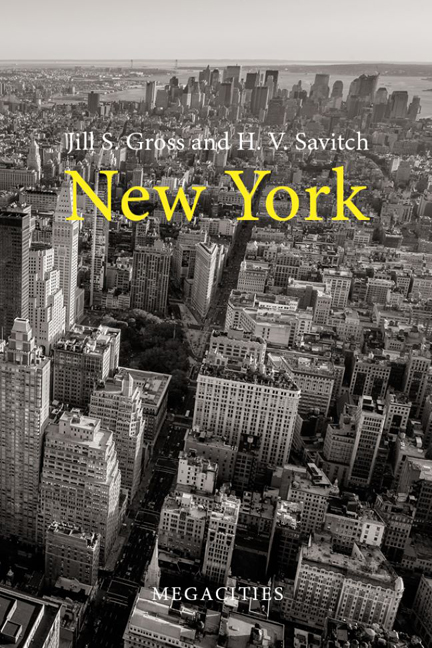4 results in Megacities

New York
-
- Published by:
- Agenda Publishing
- Published online:
- 20 January 2024
- Print publication:
- 23 March 2023

Mexico City
-
- Published by:
- Agenda Publishing
- Published online:
- 20 January 2024
- Print publication:
- 09 February 2023

London
-
- Published by:
- Agenda Publishing
- Published online:
- 20 January 2024
- Print publication:
- 28 July 2022

Paris
-
- Published by:
- Agenda Publishing
- Published online:
- 20 December 2023
- Print publication:
- 28 October 2021



